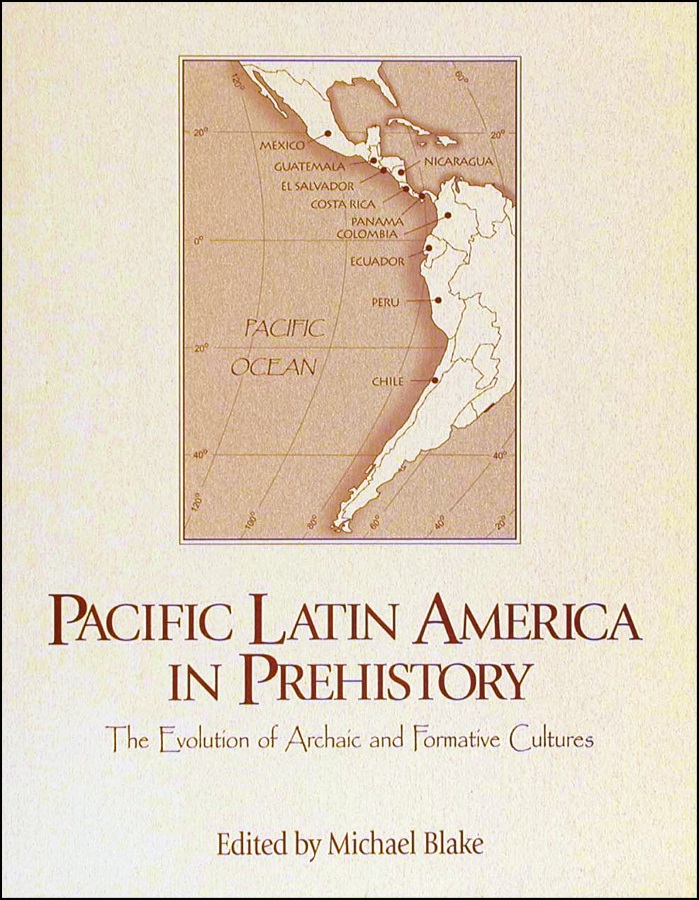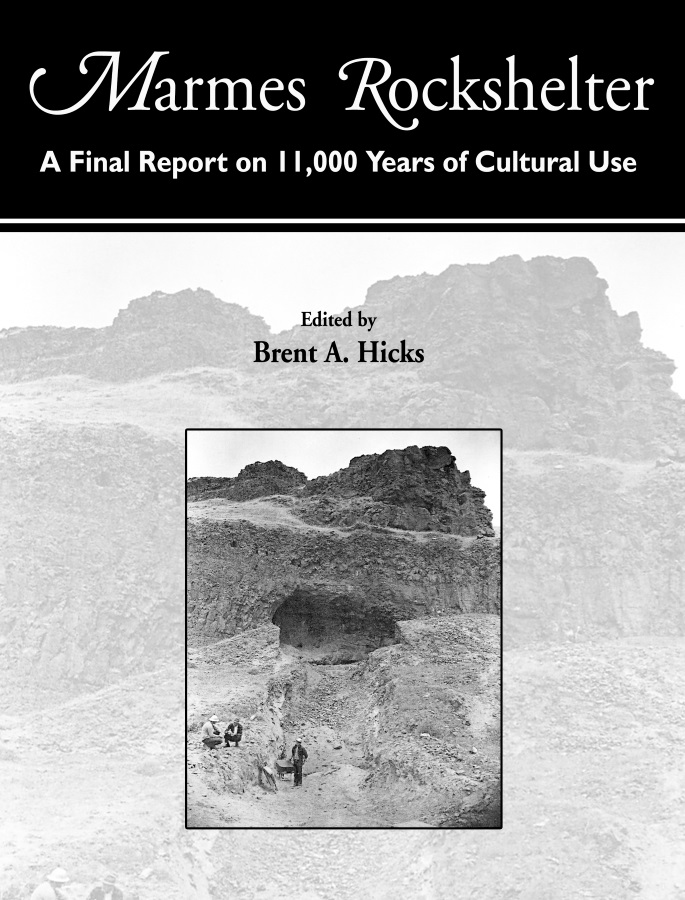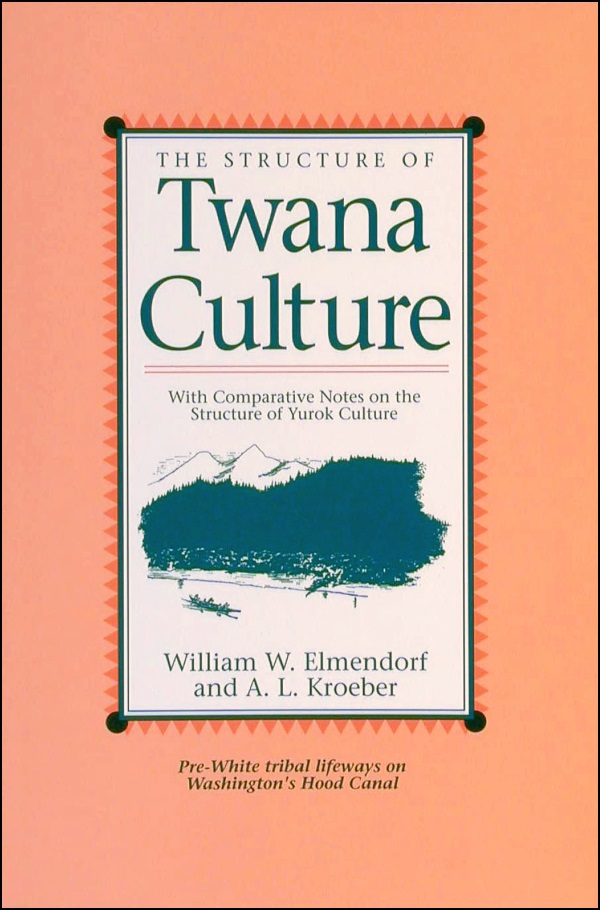Description
Wet sites matter. On the Northwest Coast in antiquity, an estimated 85 percent of objects were made entirely from wood and other plant materials that normally do not survive the ravages of time. Fortunately, wetlands, silt-laden rivers, high groundwater levels, and abundant rainfall in the Pacific Northwest combined to provide ideal conditions for long-term preservation of waterlogged wood. Archaeologists who investigate these wetplaces uncover artifacts, structures, and environmental remains that are missing from the usual reconstructions of past lifeways. Waterlogged cultural remains sometimes are found unexpectedly, on beaches and eroding riverbanks or at the bottom of an excavation trench, but few archaeologists intentionally search for wet sites. Yet, every Northwest Coast archaeologist may encounter them—even when working inland, away from the coast.
Currently, wet-site archaeology is not widely taught at North American universities. Waterlogged helps bridge that gap. In Waterlogged, seventeen experienced archaeologists who work on the Northwest Coast discuss their original research in regional and global perspectives, share highlights of their findings, provide direction and guidance on how to locate wet sites, and outline procedures for recovering and caring for perishable waterlogged artifacts. The volume offers practical information about logistics, equipment, and supplies, including a list of items for a wet-site field kit.
Waterlogged presents previously unpublished original research spanning the past ten thousand years of human presence on the Northwest Coast. Examples include the first fish trap features on the West coast to be identified as longshore weirs, a complete 750-year-old basket cradle from the lower Fraser Valley, wooden self-armed fishhooks from the Salish Sea, and a paleoethnobotanical study at the 10,500-year-old Kilgii Gwaay wet site on Haida Gwaii. In addition, contributors discuss insider-vs.-outsider perceptions of wetlands in Cowichan traditional territory on Vancouver Island, a habitation site in a disappearing wetland in the Fraser valley, a collaborative community-academic project on the Babine River in the Fraser Plateau, and Early and Middle Holocene waterlogged materials from British Columbia’s central coast.
Illustrations / maps / references / bibliography / index / 256 pages (2019)
PLEASE NOTE: Free shipping on orders over $50 applies only to shipments within the United States. Shipping to Canada is $20. Canadian customers can now purchase this title online through Indigo.










